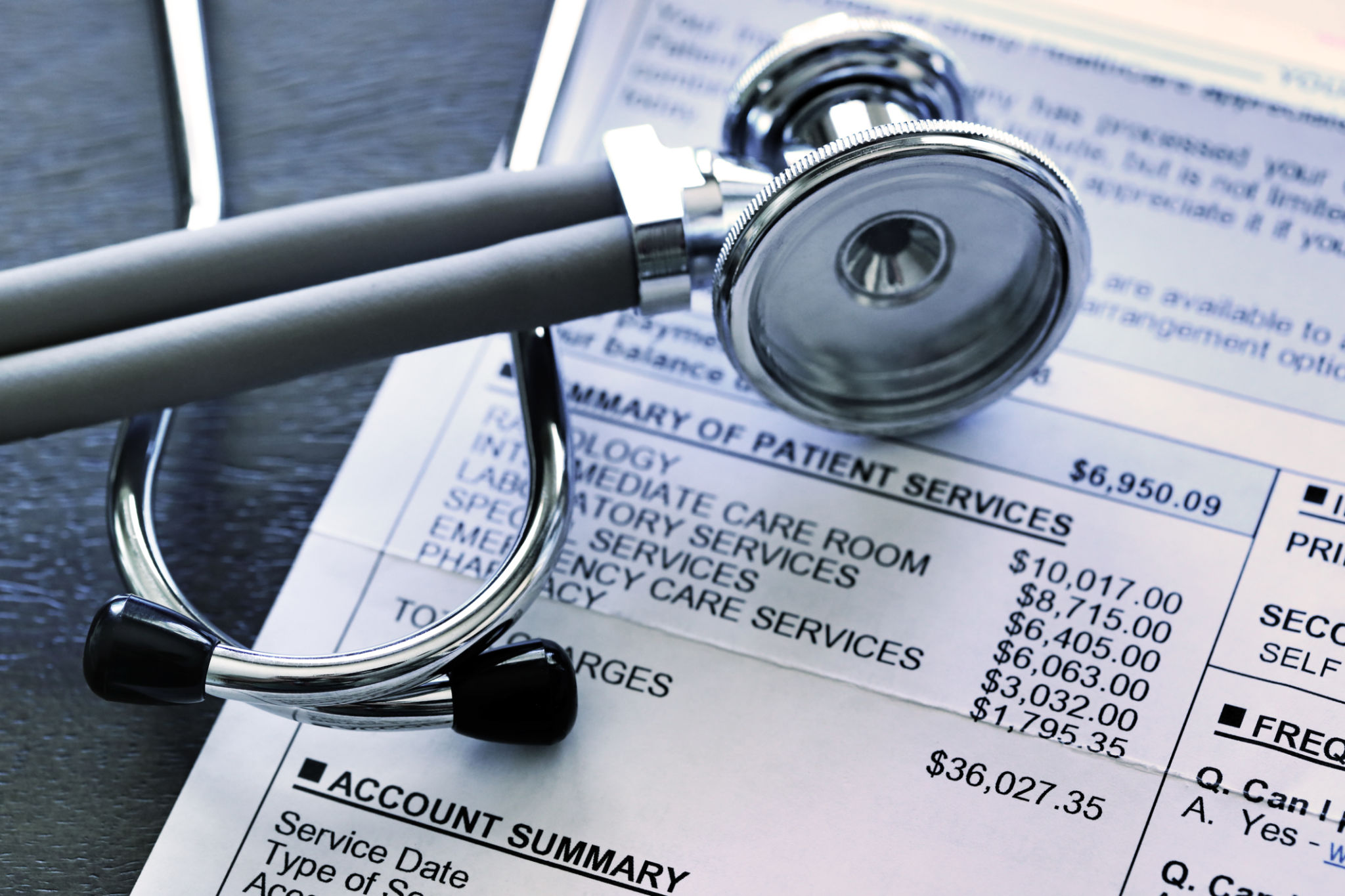Debunking Myths: What Non-Emergency Ambulance Services Really Offer
Understanding Non-Emergency Ambulance Services
When people hear the term "ambulance," they often associate it with flashing lights, sirens, and emergency situations. However, non-emergency ambulance services play a crucial role in healthcare by providing safe and reliable transportation for individuals who require medical attention but are not in immediate danger.

Myth 1: They Are Just Like Emergency Ambulances
One common misconception is that non-emergency ambulances are just like their emergency counterparts. While both services involve transporting patients, non-emergency ambulances are specifically designed to cater to patients who do not need immediate medical intervention. These vehicles are equipped with necessary medical equipment and staffed by trained professionals to ensure patient comfort and safety during transit.
Myth 2: Non-Emergency Services Are Unnecessary
Some believe that non-emergency ambulance services are unnecessary and can be replaced by regular transport options like taxis or public transportation. However, these services provide a vital lifeline for patients who need assistance beyond what typical transport can offer. This includes individuals with mobility challenges, those requiring medical supervision, or patients who need to be transported on stretchers.

The Benefits of Non-Emergency Ambulance Services
Non-emergency ambulance services offer several benefits that may be overlooked. Here are some advantages they provide:
- Medical Supervision: Patients have access to medical personnel throughout the journey.
- Specialized Equipment: Vehicles are equipped with necessary medical devices to ensure patient care.
- Comfort and Safety: Designed for patient comfort, these ambulances ensure a safe and secure transport.
Myth 3: They Are Expensive
The perception that non-emergency ambulance services are prohibitively expensive is another myth. In reality, many insurance plans cover these transportation services, reducing the cost burden on patients. Moreover, the price reflects the specialized care and equipment provided during transit, which is often unmatched by other transport options.

Who Can Benefit from Non-Emergency Ambulance Services?
A wide range of individuals can benefit from non-emergency ambulance services. This includes:
- Elderly patients attending routine medical appointments.
- Individuals with disabilities requiring assistance.
- Patients recovering from surgery who need supervised transport.
Myth 4: They Are Only for Hospital Transfers
Another misconception is that non-emergency ambulances are solely for hospital transfers. In reality, they cater to various needs such as transporting patients to dialysis centers, rehabilitation facilities, or even from one home to another when specialized care is required during the move.
Conclusion: The Essential Role of Non-Emergency Ambulances
Non-emergency ambulance services are an essential component of the healthcare system, offering specialized transportation for those in need. By debunking these myths, we can better appreciate their role in providing safe, comfortable, and medically supervised transportation for patients who require it. Understanding these services helps ensure that individuals receive the care they need without unnecessary stress or risk.
